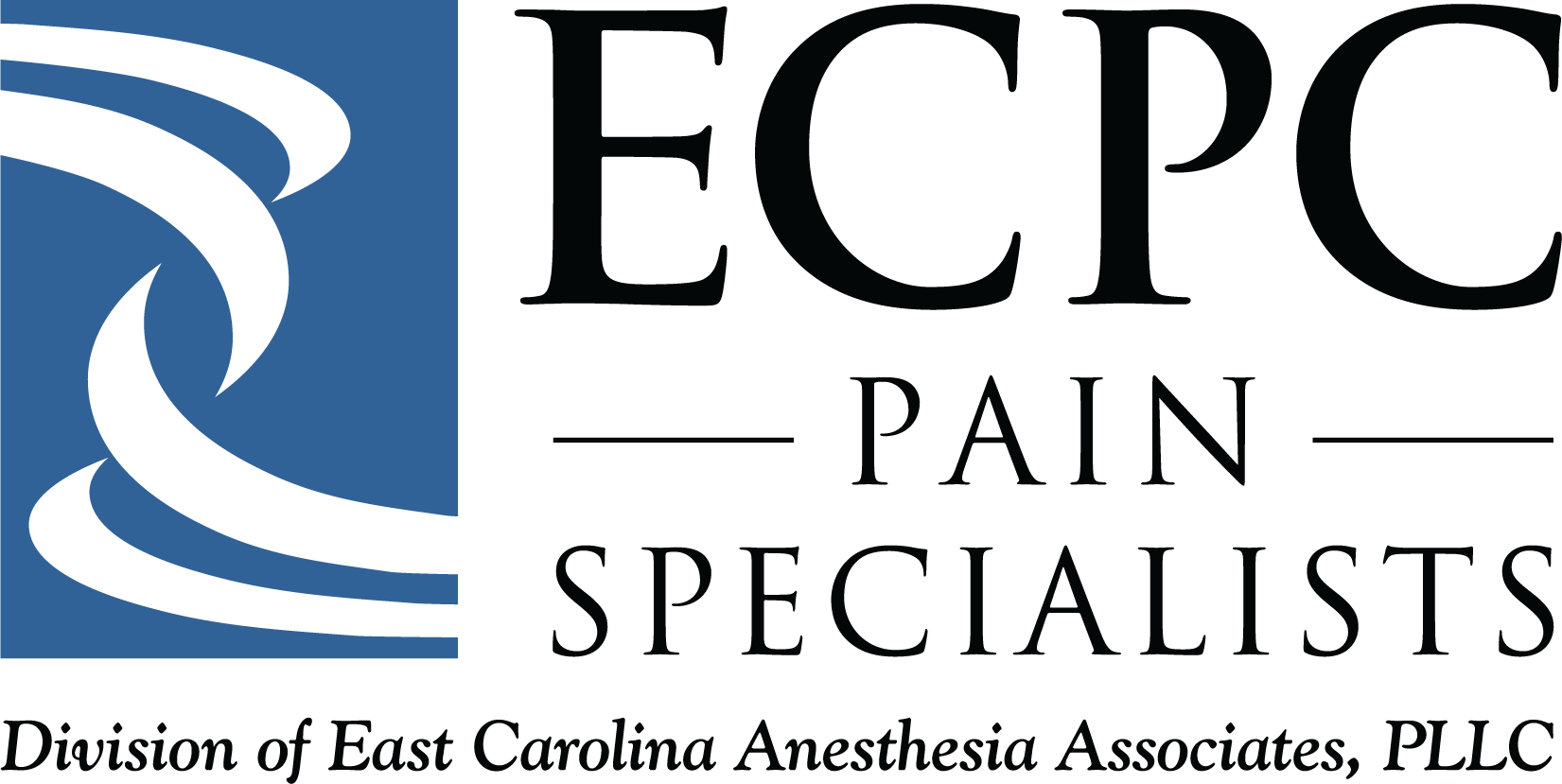
Spinal Cord Stimulation
ECPC Pain Specialists offers Spinal Cord Stimulation therapy for chronic pain. Spinal Cord Stimulation procedures are for patients suffering from long-standing leg, neck and back pain. This procedure is also for patients who experience arm pain, arachnoiditis or complex regional pain syndrome.
Benefits of the Spinal Cord Stimulation procedure:
- Targeted pain relief
- Limited or no side effects
- Less need for other pain medications
- Increased activity and mobility
- Minimally invasive surgery
- Covered by most insurance companies
Spinal Cord Stimulation is a procedure that uses an electrical current to treat chronic pain. A small generator is implanted in the back and sends electrical pulses to the spinal cord. There is little risk and minimal side effects associated with the Spinal Cord Stimulation procedure.
Unlike most surgical procedures, Spinal Cord Stimulation therapy is reversible. If a person decides at any time to discontinue the therapy, the electrical contacts, wires, and generator can all be removed with no permanent changes to the spine.
The SCS does not eliminate the source of the pain, it simply interrupts the pain signal to the brain. The longevity and overall level of relief after this procedure varies among patients and depends on other medical conditions. Other factors include the source of your pain, as well as how long you have suffered from it. For this reason, a trial is performed before the device is permanently implanted.
Yes, the SCS procedure is very safe, but as with any other medical procedure, it has risks. The most common complication is a headache. Other more serious complications, such as lead migration, infection, allergic reaction, nerve damage, bleeding and paralysis can occur, but are extremely rare.
Your doctor will carefully review the nature of your pain and all of your current and previous treatments, before deciding if your condition could be helped with this technology. Since chronic pain has an important physiological component, you will be required to receive a psychological evaluation to determine if you are a good candidate. Most of the patients selected for this procedure have chronic back and/or leg pain that persist after 1-2 surgeries. Other common conditions include chronic neck and arm pain, complex regional pain syndrome, neuropathies, etc.
Step one is a trial. This consists of the placement of a lead in your epidural space. This will be connected to an external device that will have 2-4 different programs to cover your pain. You will then go home and try the device for the next 5-7 days, after which you will be seen in our clinic to decide if the device had relieved your pain and improved your functionality. We usually consider it a successful trial if your pain was relieved by at least 50-70%. This procedure usually requires 30-60 minutes to perform. If you have a successful trial, we will then proceed with the permanent placement of the lead and a pulse generator (battery). This will require a small surgical procedure usually done as an outpatient. You may be required to stay 24-48 hours, depending on the type of procedure and other medical problems you may have. There are two different ways to do the permanent placement. Depending on your functionality, health status and other parameters, our staff will decide which of the two is better for you. The time required to do the procedure varies from patient to patient, but it usually lasts 45-90 minutes.
We prefer you minimize certain activities that will require excessive bending or rotation of your lower back, since the lead can easily migrate in the first 4-6 weeks after the permanent placement. We also ask you not to shower (only sponge bath) until you are seen in the clinic for your first post-op visit (usually 7-10 days after the procedure).
It will vary from patient to patient, and how long ago the trial was performed. In the last few years, there have been significant advances in the technology, allowing us to treat patients that failed previous trials.
There are other therapies that we can use to manage your pain. Using different methods to treat your pain is the most successful way to relieve your pain and improve your quality of life. Other strategies to treat your pain include exercise, relaxation, and changing negative thought patterns to help you cope with your pain.
• If you are pregnant or breastfeeding.
• If you have a severe allergic reaction to local anesthetics.
• If you are taking a blood thinner, such as Warfarin (Coumadin), Enoxaparin (Lovenox), Clopidogrel (Plavix), etc; and your medical condition does not allow us to stop it a few days prior to the procedure.
• If you develop fever or any infection.
• A severe headache
• A fever
• Pain that is more severe than prior to the injection
• Increased back pain or back stiffness
Go to the nearest Emergency Department or call 911 if you develop any new numbness, weakness, and/or paralysis in your arms or legs, or if you lose control of your bladder or bowel.
